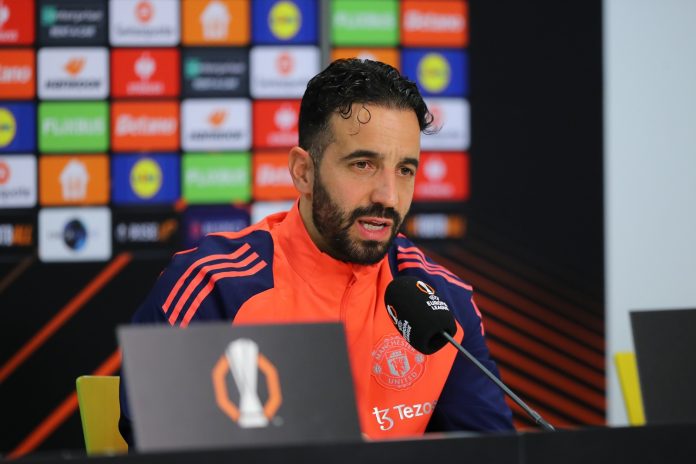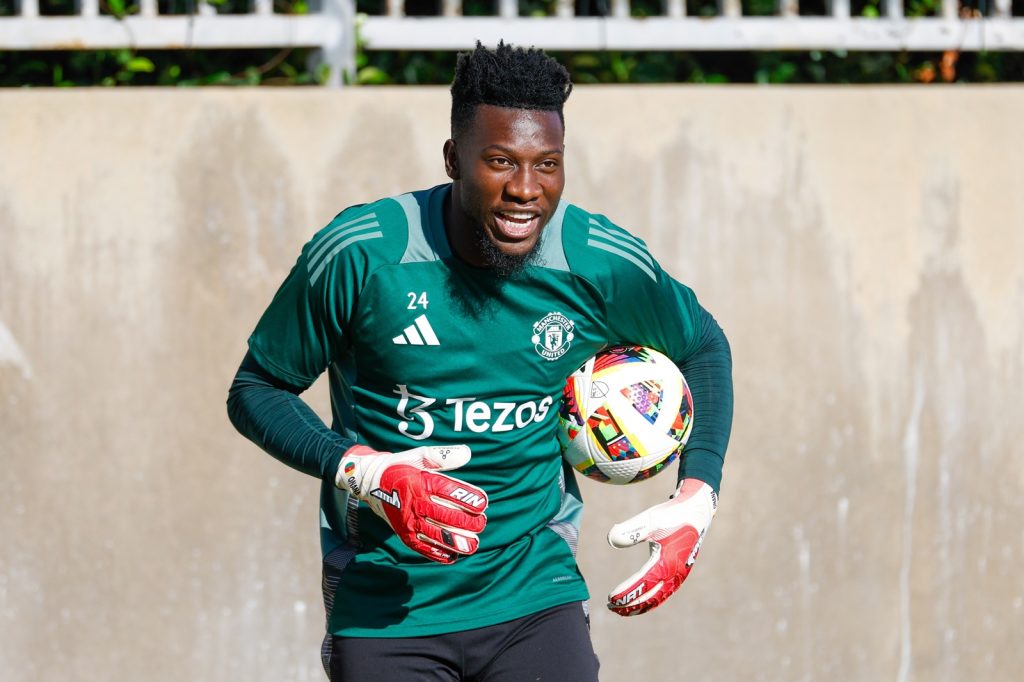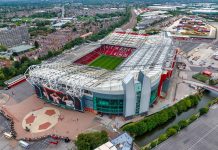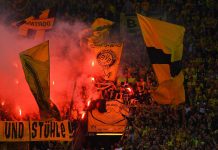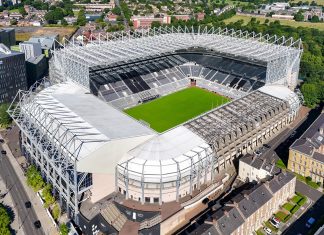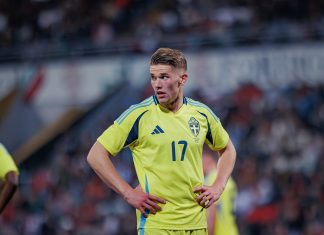Pre-season felt calm. Training clips hinted at intensity. The squad looked connected. Two early signings fit clear needs and the mood music was upbeat. Then the real games started.
Within weeks, Manchester United slid from harmony to hand-wringing, capped by a shock cup exit to Grimsby that turned concern into alarm. The performance wasn’t an outlier. It was a symptom.
A bright tour, then familiar drift
Tour optimism was built on structure and clarity. United pressed together, moved the ball quicker, and looked lighter in possession. But August exposed a soft centre. The team still lacks a settled spine. That means no stable platform to handle setbacks or control momentum when games swing. The Grimsby defeat showed how fragile the plan becomes when the first wave of pressure is broken. United chased rather than dictated.
Goalkeeper and striker: indecision is a tactic
The goalkeeper debate has hovered all month. Style matters in that position more than any other. If you want a high line and aggressive build-up, you commit to it. If you prefer shot-stopping stability and lower risk, you live with the trade-offs. United seem caught between identities. Unclear distances in front of the keeper make everyone look worse, from centre-backs to full-backs to the No. 6.
Up front, the picture is similar. Roles blur, and patterns don’t repeat. When the centre-forward drifts wide to link play, the box must still be occupied. When the nine stays central, runners need rehearsed rotations to pull defenders and create second-ball chances. Too often this month, United generated volume without control—shots without structure, pressure without purpose. Grimsby punished that lack of definition.
The cost of not selling
Failure to move out surplus players is more than an accounting note. It shapes the season. A bloated wage bill reduces flexibility for the Premier League club. A “bomb squad” training on the periphery affects rhythm and mood. It crowds the dressing room and narrows space for new leaders to emerge. It also slows reactive moves when injuries or form dips demand quick solutions.
Late-window deals are now harder and more expensive. Buyers know United need exits. Targets know United are under pressure. That dynamic squeezes value both ways. The consequence is paralysis: you hesitate to sell for less than ideal fees, and you hesitate to buy without certainty on outgoings. Meanwhile, the fixtures don’t pause.
Echoes of Brentford 2022 — and a fork in the road
The feeling is familiar: a startling early-season defeat forcing a surge of activity. But scrambling is not a strategy. If the Brentford loss in 2022 served as a jolt, the Grimsby exit should be treated as a structural alarm. United require decisions, not vibes.
Three urgent steps stand out:
- Pick a lane in goal. Choose the profile and build the team’s distances around it. Consistency beats oscillation.
- Define the No. 9. Commit to a focal point and automate the rotations around that choice. Live with the learning curve.
- Clear the decks. Accept imperfect loan deals or discounted exits where necessary. The cost of inertia is already visible on the pitch.
None of this is glamorous. But it is how elite clubs turn a bad week into a better month. United entered August selling a reset. They end it searching for one. The Grimsby night should not be written off as cup chaos. It was a diagnosis of deeper drift: a team between identities, a squad between eras, and a club that must turn late-window urgency into coherent planning.
If United make the hard calls now—on goalkeeper, on striker, on outgoings—the narrative can flip quickly. If they delay, the season will keep writing the same chapter: flashes of promise, followed by familiar flaws. The choice, once again, is United’s.
